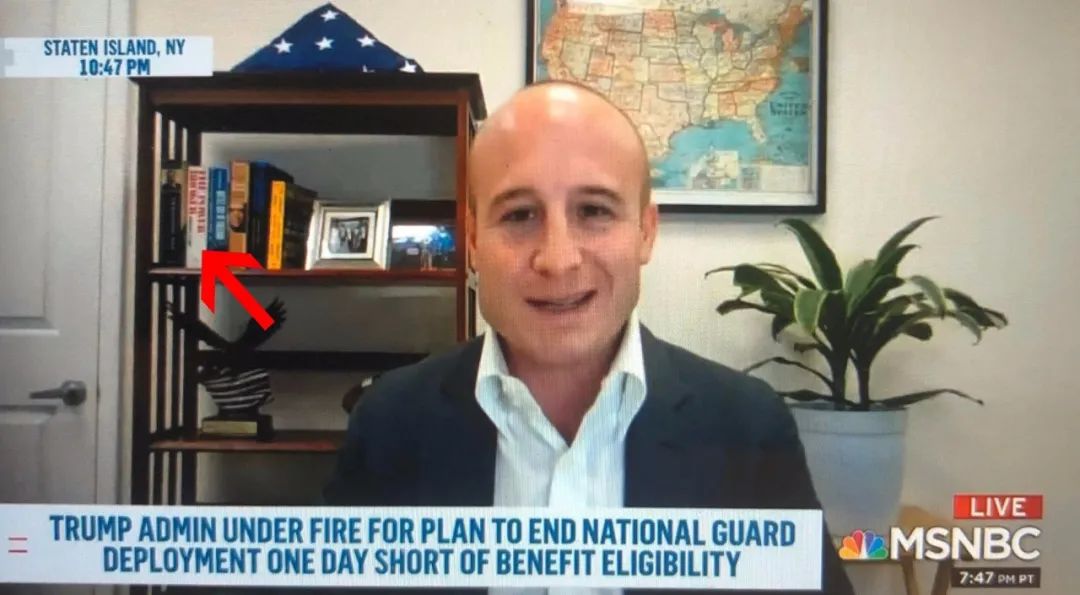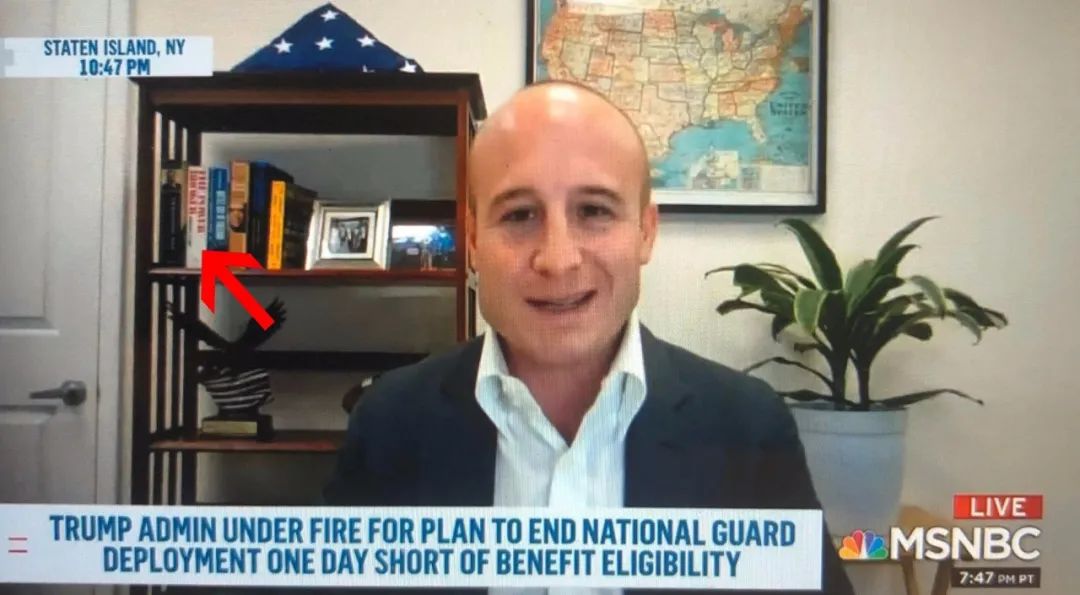
原标题:Lights. Camera. Makeup. And a Carefully Placed 1,246-Page Book.
原作者: Dana Rubinstein
原刊于:New York Times, May 28, 2020
转载未获授权,如有授权请联系删除。
It is 46 years old, weighs nearly four pounds in paperback and is about as ill-suited for the internet age as they come: The book is not even available for digital readers.
And yet, in certain circles, “The Power Broker: Robert Moses and the Fall of New York,” the 1,246-page tome by Robert Caro, has become a breakout star of the Covid-19 era.
In TV interview after TV interview with journalists and politicians working from their homes in New York City and beyond, “The Power Broker,” Mr. Caro’s magisterial 1974 biography, is often conspicuously visible in the background, its bold red-and-white spine popping out from the screen, the ultimate signifier of New York political sophistication.
Representative Max Rose, a first-term Democrat who represents Staten Island and parts of southern Brooklyn, acknowledged intentionally placing the book stage right of his head.
The book appears behind Jonathan Capehart of The Washington Post, and next to the White House reporter for The Associated Press, Jonathan Lemire. On NY1, the cable news network, the book has become a must-have, must-be-seen accessory for several reporters.

The phenomenon has not gone unnoticed; one anonymous New York journalist has documented some of the sightings with a Twitter feed, @CaroOnRoomRater.
“I think, like a lot of people, I stare at the books in the background of every cable pundit’s shot from home,” said the writer, who asked to remain anonymous so that his name would not be forever associated with the Twitter feed.
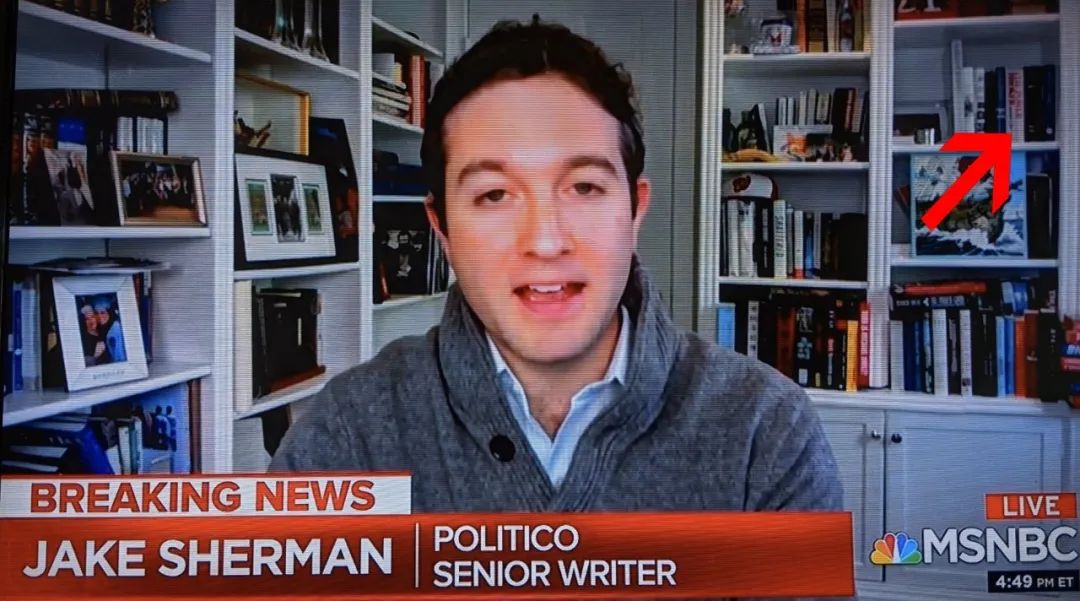
The abundance of sightings has also garnered the attention of another New York journalist and author: the 84-year-old biographer himself.
“Watching television during the last few weeks has been quite a stunning and humbling experience for me,” Mr. Caro said, speaking by phone from his writing shack in the woods behind his Long Island home.
“The Power Broker” tells the story of how Moses, a New York City urban planner, used his mastery of power to reshape the face of the New York region, becoming arguably the most able practitioner of politics the city and state have ever seen.
Reading the book is a rite of passage for New York’s political class, a pledge to learn the art of politics as it is practiced in big cities, not textbooks. To display the book prominently is to signal that you, too, understand how politics works, in both its pitfalls and its promise.

That, at any rate, is what Mr. Rose was trying to get across when he set “The Power Broker” on the top shelf of a bookcase, one of only six books visible onscreen.
“I believe that Robert Moses’ legacy and his career speaks to two things, both simultaneously,” Mr. Rose said. “The first is the irreparable harm that public policy can have on racial and socioeconomic injustice.”
“But simultaneously,” the congressman added, “his legacy also speaks to the ways in which the tools of government can be utilized in a very forceful manner to make long-lasting change.”
Some elected officials insist that the placement of the book was serendipitous, like the copy that could be seen perched on a Bruno Rainaldi bookcase in a recent interview with the New York City comptroller, Scott M. Stringer.
The bookcase was bought years ago by Mr. Stringer’s wife, Elyse Buxbaum, from Design Within Reach, and Mr. Stringer said that “The Power Broker” has occupied a space there for nearly as long.
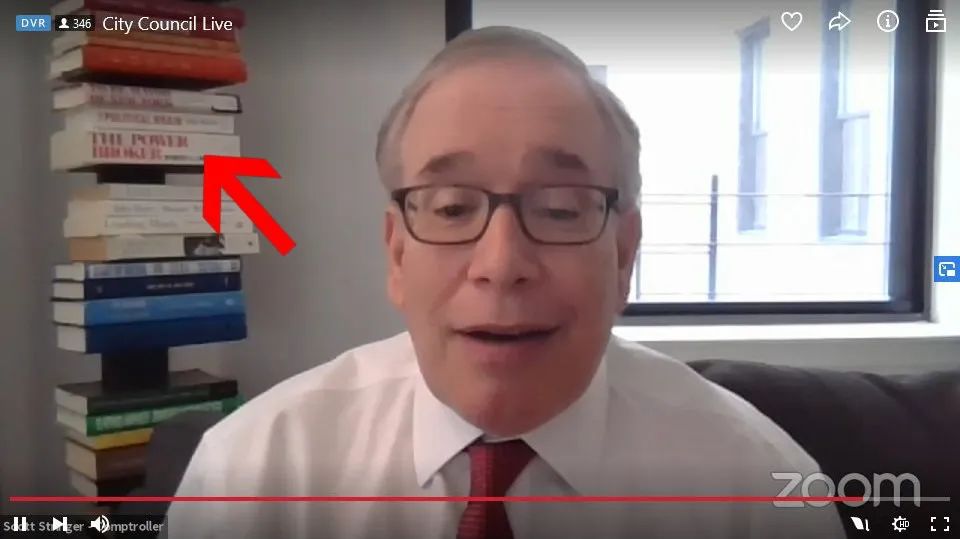
“It has lived there for years, in that exact position,” he said, before extolling the book’s many virtues.
Errol Louis, the host of NY1’s Inside City Hall, says that for the first month of broadcasting from home, his “Power Broker” edition was out of sight. But then, he began to notice something: The book was popping up in everybody’s background.
“It got to feel like there was a little code or signal being sent,” Mr. Louis said. “I’m enough of a fan of this book and this author, if there’s a club involving this book, I need to be a member of it.”
So he moved it from just outside of camera range to right next to his shoulder.
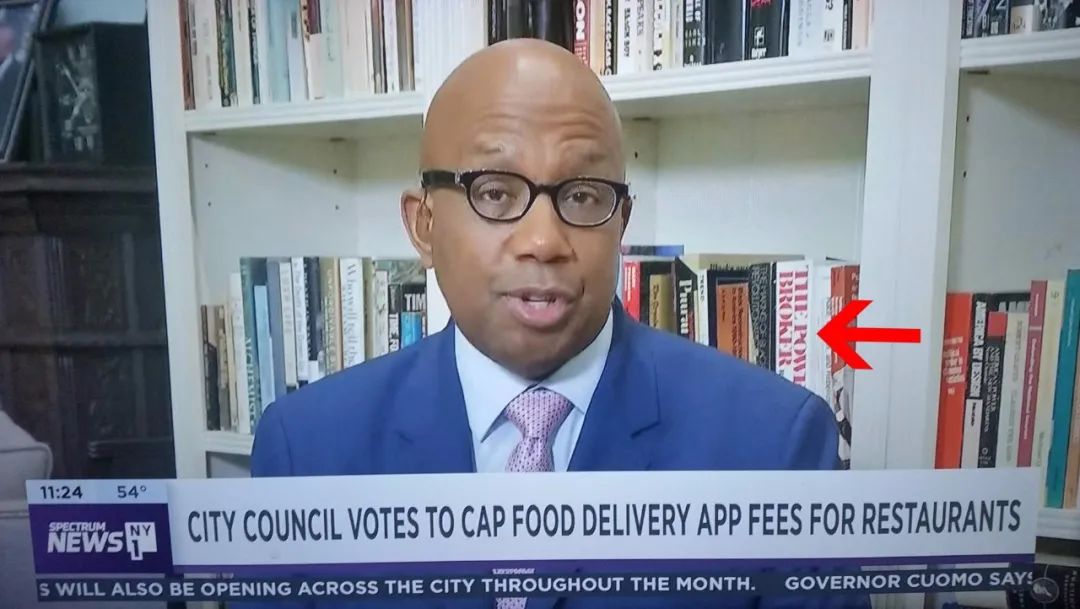
It’s the sort of book that makes its presence felt. It is quite large, the letters along its spine are big and bright, and readers are required to own it in print, because Mr. Caro, who still uses a typewriter, has refused to distribute it in any other way.
The book signals that readers are “paying attention to the levers of power in New York,” said Risa Heller, a longtime New York public relations specialist.
New York State’s physical contours owe much to Moses. He built the Robert F. Kennedy, Bronx-Whitestone and Verrazzano-Narrows Bridges; Jones Beach State Park; public pools; public housing and public parkland. He was also an unfettered champion of the automobile, and he built parkways and highways throughout the region, displacing poor families and discomfiting wealthy Long Island landowners.
The power he amassed was reflected in the titles he held, some of them at once: New York City parks commissioner, head of the Mayor’s Committee on Slum Clearance, New York Secretary of State, head of the Triborough Bridge and Tunnel Authority, head of the Long Island State Park Commission and the State Parks Council.
His biography is considered a must-have because it continues to be relevant long after Moses’ death in 1981 at the age of 92. Just last week, when elected officials on Long Island warned New York City residents to stay off their beaches, some were reminded of Moses’ construction of low bridges across the Southern State Parkway, apparently to keep buses carrying New York City residents of color from accessing Jones Beach.
“It was so interesting to have the echo of it in the Long Island beach exclusion,” said Brad Lander, a councilman from Brooklyn who owns “The Power Broker,” but said he refused to put it in his Zoom background because he said it had become a bit “clichéd.”
But Mr. Caro finds the book’s ubiquity rather inspiring.
“It sort of makes you feel optimistic,” he said. “I always felt, people reading it are reading it because they want to know how political power really works.”
这一热潮导致此书在Amazon 已经挤入畅销书
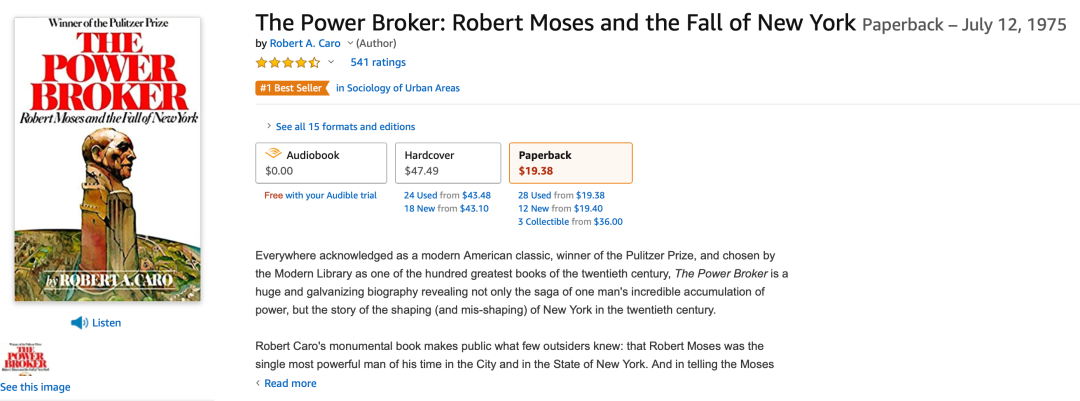
书籍已上架 LAB Reads

本文源自微信公众号:LABcircle
